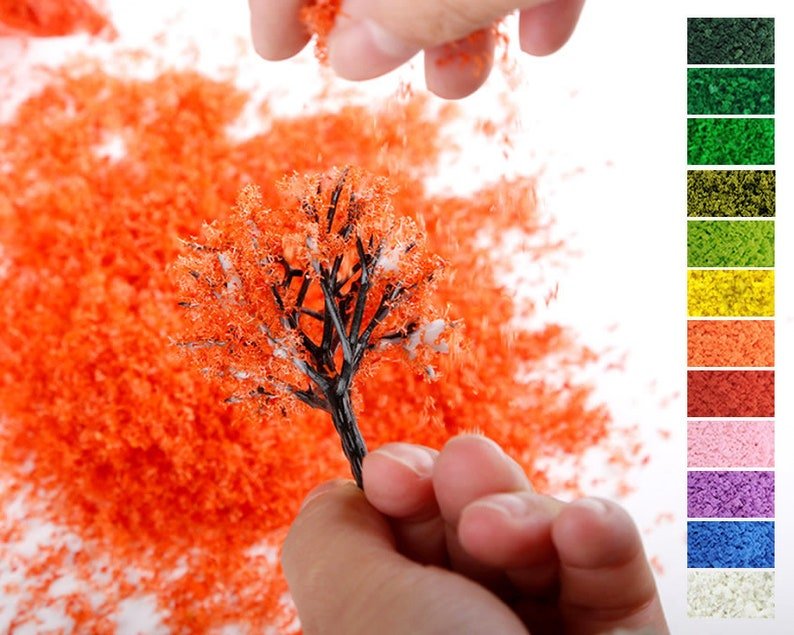REGULAR FLOCK PROCESS



ADVANTAGES OF OUR PROCESS AND CHEMICALS
- · We make the electrostatic treatment only in 1 bath (we use less water).
- · Our maximum temperature of the treatment is 45ºC (we spend less heat energy).
- · Our process the total time of the dyeing and electrostatic treatment is less.
- · With our process and chemicals the flock t
- · When we flocking with our flock will be better.
- · There are not excess of flock on the flock fabric.
- · The flock made with our process and chemicals always we maintain the
- flock conductivity.
- · NOTE: During the Treatment process it is required to stirring the material
- properly and regularly
Cutting quality
Often underestimated the cutting quality can severely jeopardise final flock quality. Regardless of the cutting technique the cutting edge should be smooth and perpendicular, with the last defect being the least severe.
If the cutting edge is not smooth, sift problems can occur resulting in higher amounts of waste due to packages or balling and can necessitate the use of higher liquor ratios. Ultimately reduced flock density and double stock can occur. Non-smooth cutting edges are very often a result of poor sharpening or cutting blades that have been operated for to long. In worst possible cases so-called “fused packages” are formed, In such packages fibres are fused together due to the high temperature generated when a blunt cutting blade strikes the tow. These packages are almost impossible to break up by the shear forces generated during the wet activation process. Consequently they can only be removed during the final sieving step of the activation process
Process water quality.
Often process water quality is ignored as a potential source of problems. A fluctuating water supply has been implicated on a number of occasions to cause fluctuating flock quality: during certain seasons the water company provided surface water while during others ground water was used. As hardness and electrolyte concentration in the water supply change so do final flock properties. Often the water supply company makes these changes without informing the end-user. Ideally demineralised water should be used. This will allow for an easier process control, the lowest possible consumption of chemicals, and good activation properties. In practice demineralised water is seldom used, and the fact that most of the flock produced worldwide has an acceptable quality is clear proof that even in less than ideal circumstance acceptable result can be obtained. However in order to obtain these good results additional precautions must be taken. As can be expected more problems will arise with hard water compared to soft water or even better demineralised water.
A good guideline on water quality is provided in the next table(4):
| Property | Acceptable range |
| pH Hardness Conductivity Alkalinity Dissolved Iron | 6.0 – 7.5 3 – 4 °d < 250 μS/cm < 1 meq/l (EP : 4 – 5) < 2.5 mg/l |
Due to small amounts of dissolved CO2 demineralised water is slightly acidic, usually pH = 4 –5. Ordinary tap water usually contains some calcium and magnesium bicarbonate and due to their alkaline nature water pH is increased. Therefore higher pH values (e.g.: 8-9) can be a telltale sign for higher amounts of dissolved Ca(HCO3)2 and/or Mg(HCO3)2 and high water hardness.
Liquor ratio.
Very often to low liquor ratios are used. This is understandable as energy cost for heating water, the cost of water itself and sewage treatment are becoming more and more important. However the use of low liquor ratios can lead to mechanical damage of the flock (e.g. bend fibers) resulting in increased amounts of waste due to balling .Further more thorough mixing of the flock/liquor slurry becomes more difficult and a uniform exposure to the treatment chemicals is prevented. This can lead to “un-even” flock activation: some fibers are highly activated while others are inert. When using such a flock all kinds of unwanted effects can occur during application. The liquor ratio is highly influenced by flock geometry. Longer flock requires higher liquor ratios as does lower dtex. In the table below have collected some typical liquor ratios often used in our lab.
| Titer | Length | Luster | Remarks | Liquor Ratio |
| 0.9 dtex 0.9 dtex 1.2 D 1.7 dtex 1.9 dtex 2 dtex 3.3 dtex 3.3dtex | 0.5 mm 0.65 mm 0.6 mm 0.6 mm 1 mm 1 mm 0.6 mm 1 mm | Brilliant Full Dull Full Dull Full Dull Full Dull Trilobal SB Full Dull Full Dull | 1:25/1:20 1:22/1:19 1:20 1:17 1:30 1:30 1:15 1:20/1:17 |


